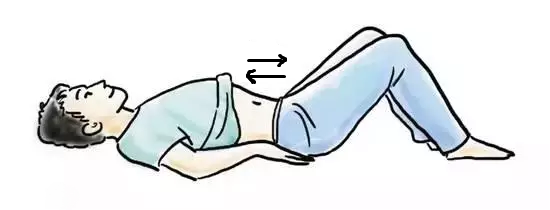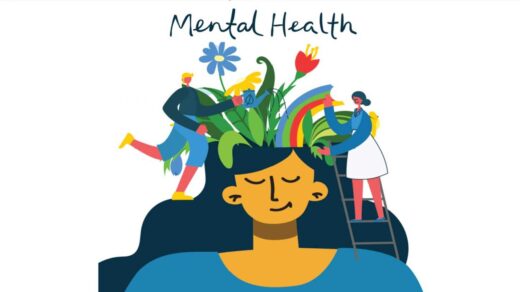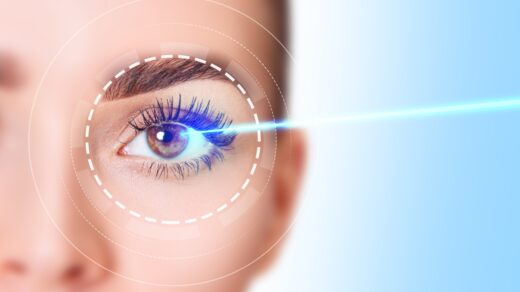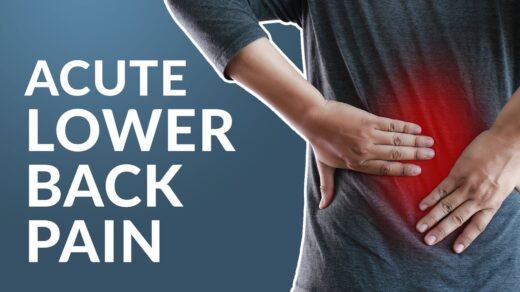Why Do New Moms Experience Back Pain?
Over 50% of mothers report chronic lower back pain after pregnancy, often worsened by repetitive motions like breastfeeding, diaper changes, and carrying babies. During pregnancy, your core muscles stretch to accommodate your growing baby, weakening your lumbar support. Post-delivery, poor posture and muscle strain from childcare tasks further strain your back.
The good news: With targeted postpartum back pain relief strategies, you can rebuild strength and prevent long-term damage. Here’s how:
1. Correct Your Posture: Breastfeeding & Lifting Hacks

Incorrect breastfeeding positions are a top cause of mom back pain. Instead of hunching over, use a nursing pillow to bring your baby to breast height. Sit in a chair with lumbar support (add a rolled towel or cushion) to maintain your spine’s natural curve.
When lifting your baby or heavy items:
- Bend your knees, NOT your waist.
- Hold objects close to your body.
- Use a height-adjustable changing table to avoid stooping during diaper changes.
2. Postpartum Recovery Exercises: Start Slow, Build Strength
Gentle exercises can reactivate weakened core muscles. Begin with low-impact activities like:
- Postpartum walking: 10–15 minutes daily to improve circulation.
- Swimming: Water buoyancy reduces joint stress while strengthening back muscles.
- Pelvic tilts (see step-by-step below).
Sample Exercise: Pelvic Tilt for Core Activation
- Lie on your back, knees bent, feet flat.
- Inhale deeply, then exhale while gently pressing your lower back into the floor.
- Hold for 5 seconds, release. Repeat 10x daily.
Pro Tip: Wait 6–8 weeks postpartum (or until cleared by your OB/GYN) before starting core workouts.
3. Strengthen Your Core: Protect Your Spine Long-Term

Weak abdominal and pelvic floor muscles force your back to overcompensate. Try this postpartum core workout:
Modified Bridge Exercise
- Lie on your back, knees bent, arms at sides.
- Engage your glutes and core, then lift your hips until your body forms a straight line.
- Hold for 3–5 seconds, lower slowly. Repeat 8–10x.
Frequency: 3x weekly. Pair with postpartum yoga for flexibility.
4. Heat Therapy & When to See a Physiotherapist

For acute pain relief:
- Apply a warm compress (heated pad or warm bath) to tense muscles for 15–20 minutes.
- Avoid icy treatments—heat boosts blood flow and relaxes spasms.
Seek Help If:
- Pain persists for 2+ weeks despite rest/exercise.
- You experience numbness, tingling, or shooting leg pain (signs of sciatica).
- A physical therapist can prescribe tailored stretches or postpartum rehab to address muscle imbalances.



